There can be your advertisement
300x150
What We Know About Khrushchyovkas: 6 Interesting Facts
For several years now, we have been hearing news about the demolition of khrushchyovkas. It is impossible to simply get rid of an entire layer of our culture. Therefore, we decided to recall how it all began.
The idea originated not in Russia
Although this type of housing is named after Nikita Sergeyevich Khrushchyov, it was actually designed by the French architect Le Corbusier. After World War II, France was in decline, and people had nowhere to live. That is when the first panel houses were designed—quickly built with minimal costs.
Then similar buildings appeared in Amsterdam and Berlin, after which Stalin noticed them. In the USSR, engineer Raymond Camus even came to present construction plans. They were then bought, adapted, and the project was taken on. Most of these houses were built during Khrushchyov's time, which is why they were named after him.

Le Corbusier's 'Living Unit'
But they still differ from Western equivalents
Today, the oldest khrushchyovkas are being demolished—some say they will be in an emergency state in just a few decades. However, in Western countries, these buildings were restored rather than allowed to deteriorate.
For example, in Germany, architect Stefan Forster completely transformed aging buildings as part of the Regeneration East project. In some structures, extra floors were removed and converted into open terraces. Take a look for yourself!
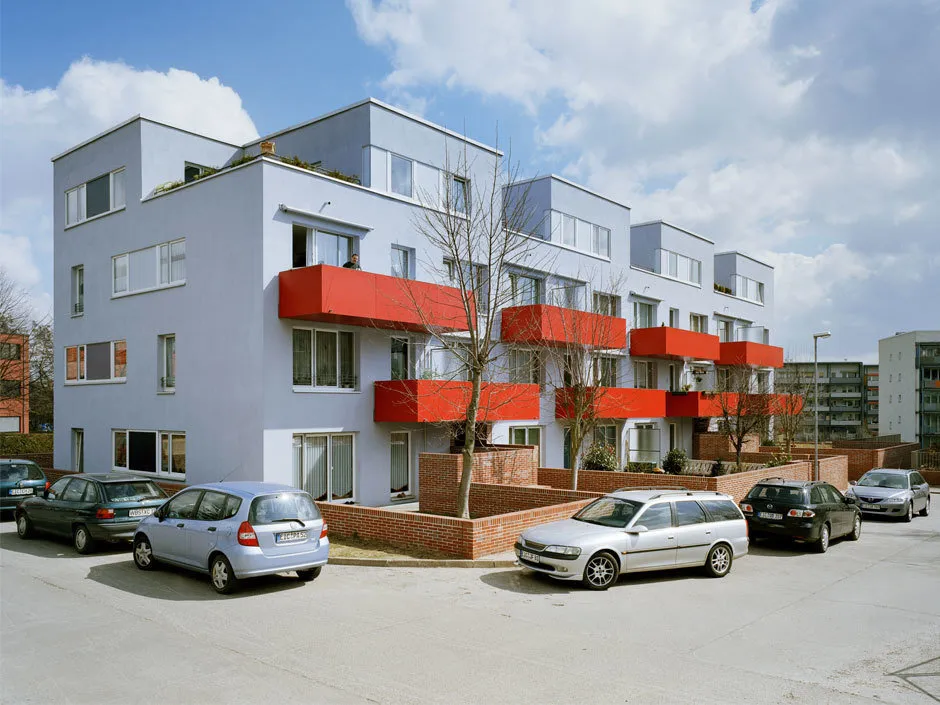
Photo source: varlamov.ru
The grandfather of a famous musician perfected the project
Vitaly Lagutenco became head of the Moscow City Architecture and Planning Department in 1956 and designed the khrushchyovka in the familiar form. But we know him as the grandfather of Ilya Lagutenco, leader of the band Mumiy Troll.
They were built very quickly, but demolition is slow
We already mentioned in the first point that panel houses can be built quickly—because they are assembled like LEGO blocks. On average, a five-story building took about two weeks to construct, but internal finishing took more than a month. There is a legend that one building in Leningrad was completed in just five days, but whether this is true and where it stands today (if it still exists) remains unknown.
Demolishing khrushchyovkas turned out to be not so easy. Originally, they were built as temporary housing, and plans for renovation began as early as 1999. The complete demolition of all five-story buildings is planned only for 2032. By the way, over 1.5 million people live in these buildings.
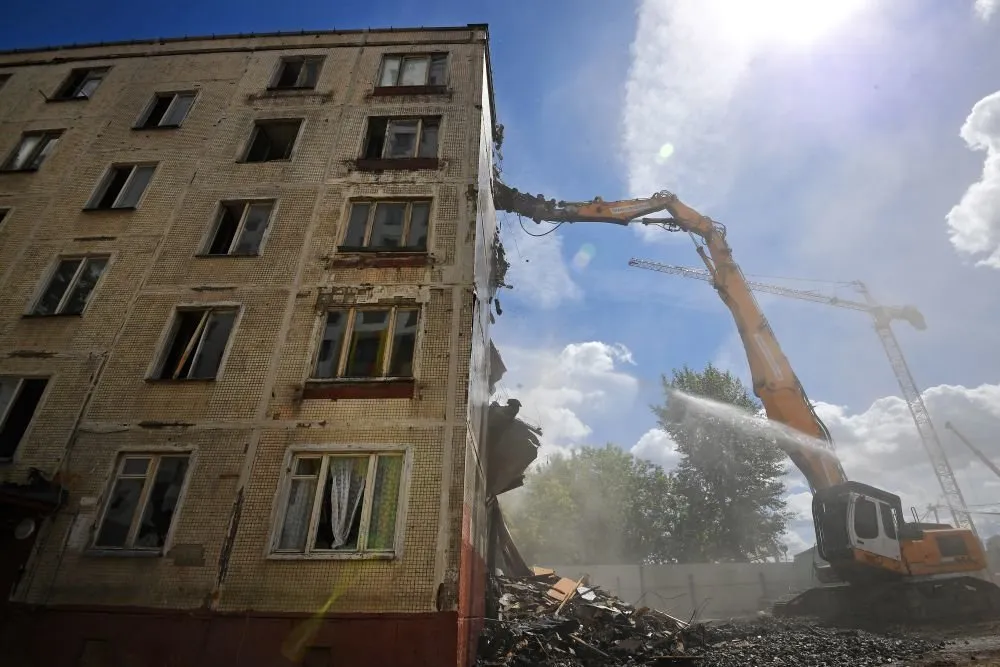
Photo source: rg.ru
Everything was saved on
For example, they immediately opted out of elevators—since the buildings only had five floors. True to one legend, Khrushchyov himself never walked up to the top floor. But without elevators, they saved 8% of the budget—considerable savings.
Buildings of series K-7 also did away with balconies and basements. The ceilings were originally intended to be 270 cm high, but they were reduced to 250 cm. They also economized on finishing and soundproofing, which is why many of these buildings are now considered unsuitable for living.
Not all khrushchyovkas will be demolished
Remember the beautifully restored khrushchyovka in Germany (from point 2)? Russian architects also believe not all buildings need to be demolished. For example, Alexei Krotov restored a 1965 building on Khimkinsky Boulevard.
The five-story building was extended with four additional floors, and the total area was doubled—this took only nine months. According to the architect, renovating an old building is 30–40% cheaper than constructing a new one. Old apartments can also be re-planned if desired.

Photo source: the-village.ru
Bonus: cool interiors in khrushchyovkas
A typical khrushchyovka with a 5 sq m kitchen and a cute cat. This apartment was rented for a time, but the renovation was done well. Interestingly, cats also live here (coincidence?). Designers turned the khrushchyovka into a cozy space and decorated it with art objects. If you don't like the layout, you can always reconfigure it. Take a cue from our heroes.
How to decorate a small kitchen in a khrushchyovka?
Five ideas for five square meters—how designers solve difficult design challenges.
More articles:
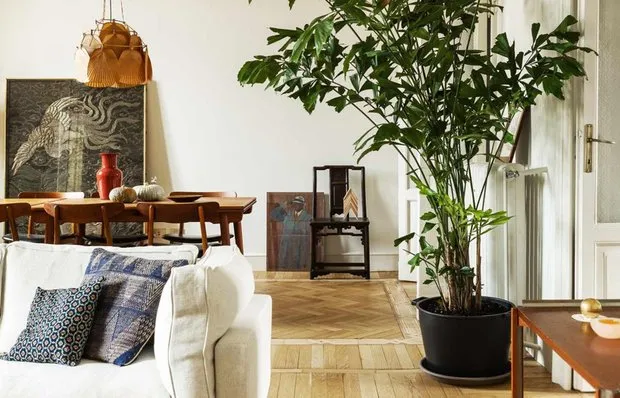 All Styles Mixed Together in This Apartment. See What Was Created
All Styles Mixed Together in This Apartment. See What Was Created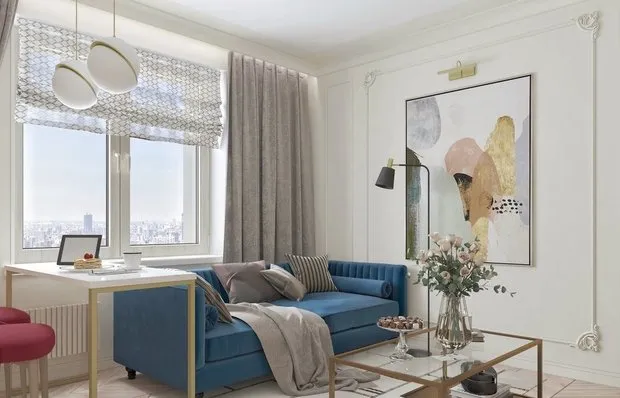 Cornice in Interior: Pros and Cons. What Would You Choose?
Cornice in Interior: Pros and Cons. What Would You Choose? How to Decorate a Home for New Year on a Budget: Designer's Experience
How to Decorate a Home for New Year on a Budget: Designer's Experience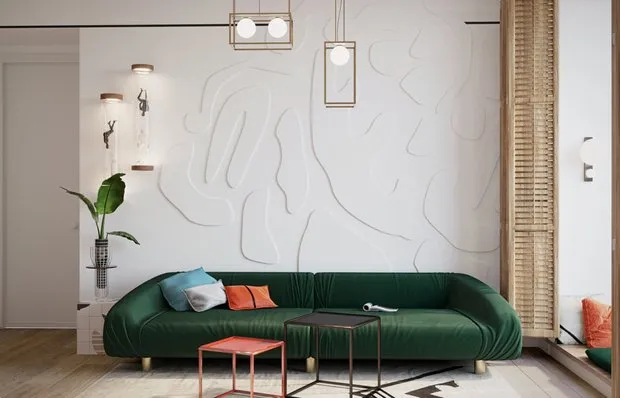 Ornament in Interior: How to Use + Examples
Ornament in Interior: How to Use + Examples Bedrooms You Love: Readers' Choice
Bedrooms You Love: Readers' Choice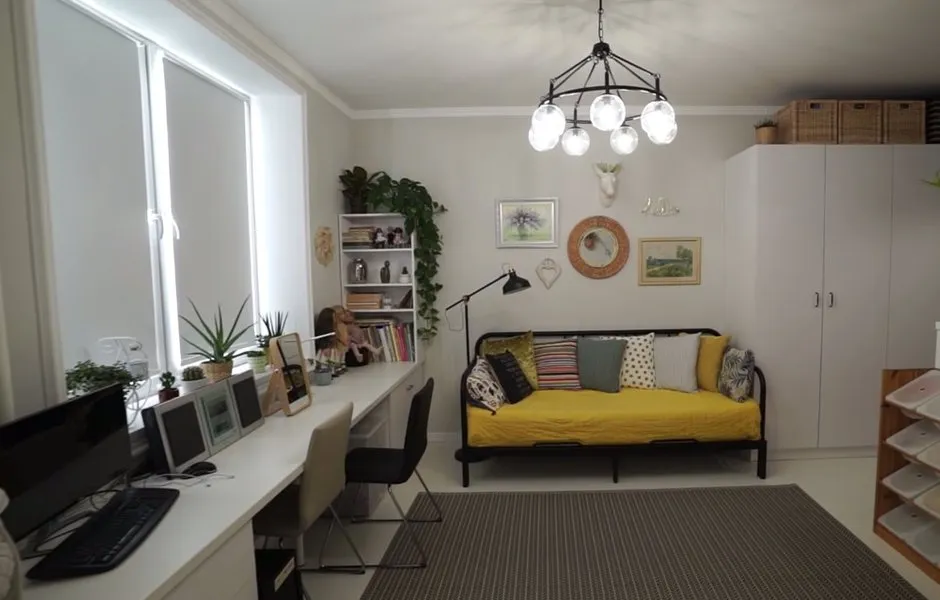 Personal Experience: 13 Tips for Making Space for Five in a Studio Apartment
Personal Experience: 13 Tips for Making Space for Five in a Studio Apartment Redesign of a 33 sqm studio - how it was done
Redesign of a 33 sqm studio - how it was done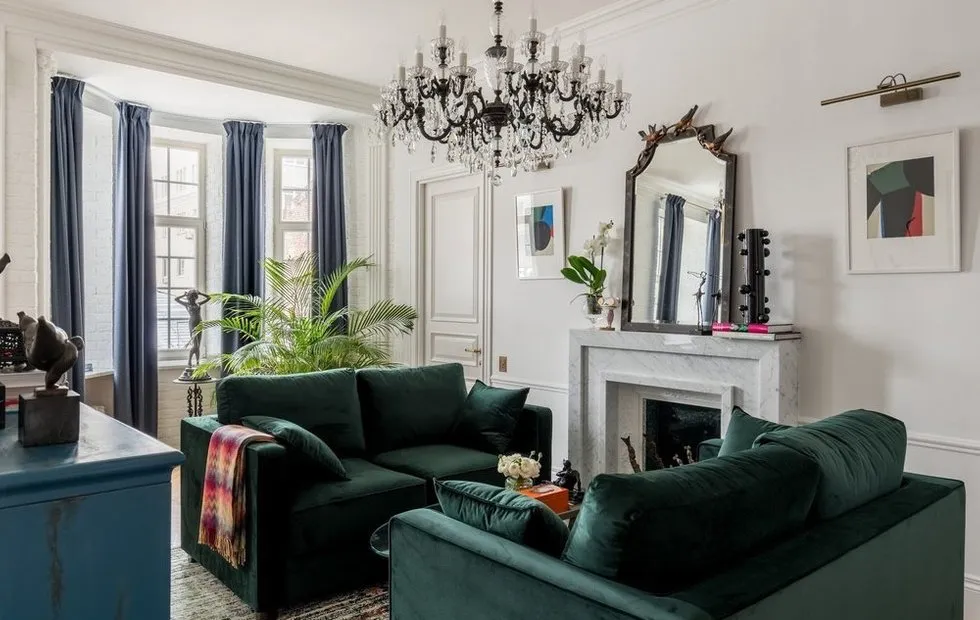 5 "killed" stalin apartments: how they were transformed into cozy flats
5 "killed" stalin apartments: how they were transformed into cozy flats